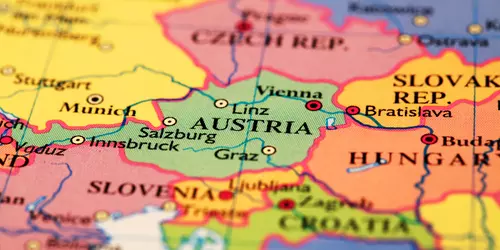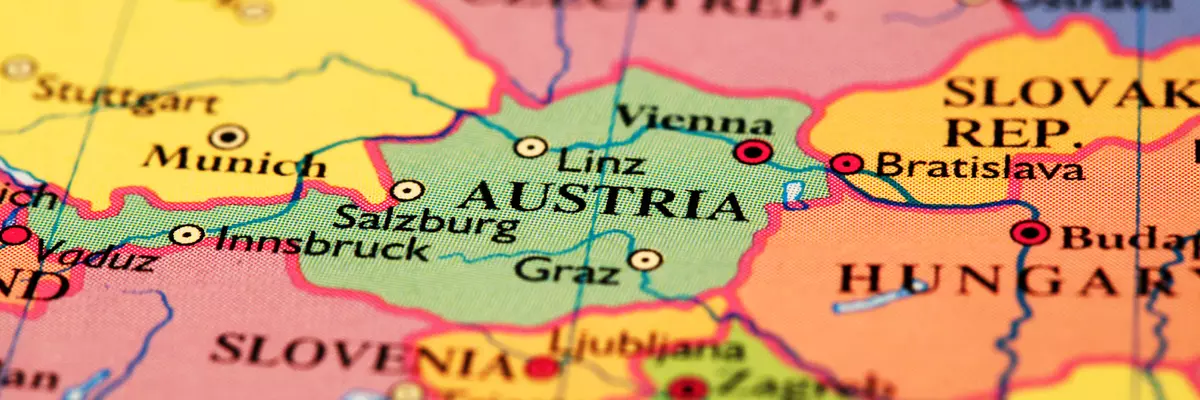The climate year of Austria
Due to its large east-west extension and a varied altitude profile, Austria also has a varied climate to offer. In the east, a continental weather dominates. In summer it is usually very hot and dry, while winters are predominantly cool and in some areas also rather dry with moderate precipitation. A special climatic position has the extreme east of Austria with the province of Burgenland. Here, a Pannonian climate prevails with very mild winters and hot summers. Somewhat more pleasant in summer are the temperatures in the Alps. The cool mountains also serve here as a recreation area and, with much more pleasant temperatures than they often prevail in lower elevations towards the east. But it can be bitterly cold here in winter. Temperatures far below zero are not uncommon, but perfect for winter tourism. Many regions therefore advertise snow reliability for good reason, since especially at higher altitudes not only the temperatures are low, but also the snow is high. Several meters of snow are common in the ski resorts and this usually lasts until Easter or even longer due to the low temperatures.
General information about Austria
The weather and topography in Austria are so varied that there is something for everyone. For city tourists, Vienna and Salzburg are at the top of the list in both summer and winter. Vienna attracts visitors all year round with a varied cultural offer consisting of museums and a wide range of events. Salzburg, on the other hand, is famous for Mozart and also offers an attractive cultural program with the Salzburg Festival. In summer, the lakes in Austria are an attraction. Austria's southernmost state, Carinthia, has some of the warmest lakes. Due to its southern location, the state is already strongly influenced by the Mediterranean climate, which is especially noticeable in the warm summers. The lakes also offer many opportunities to engage in sports on and under the water. Even fishermen find excellent conditions in the clear mountain lakes. The offer of recreational opportunities is aimed at all age groups. Both families or young travelers who travel alone as well as seniors want to offer interesting attractions.
Tourism Austria
From December to February in Austria it is called to dress warmly. Especially in the mountains there is deepest winter and in the lower altitudes there are often very low temperatures. If there is also some wind, then only few guests can be seen on the ski slopes, because they also prefer to retreat to warm thermal baths. It gets a little warmer in March, but snow is still to be expected at this time. It is not until April that temperatures become somewhat milder and spring awakens in the most colorful hues. For those who do not appreciate warm summers, the merry month of May is ideal. During the day it is warm but not hot - at night, however, temperatures often still drop below ten degrees. It gets really warm with ideal bathing temperatures in June and July. However, by mid-August at the latest, this changes and the nights become noticeably cooler again. With a little luck, September will still be pleasantly warm, but by October at the latest, you'll have to dress warmly again, because by now autumn has Austria fully in its grip. Before mid-November, however, there is rarely snow, which means that you can enjoy the autumn for a long time.



